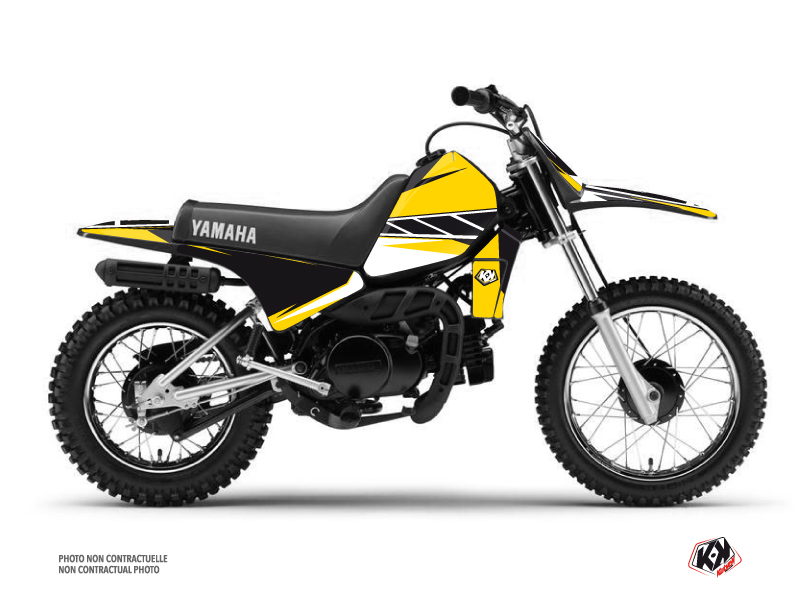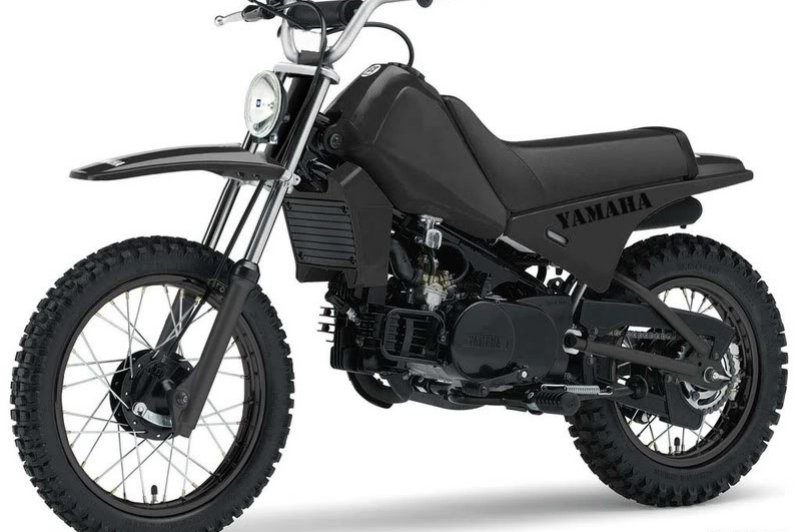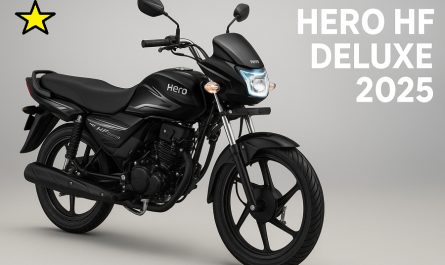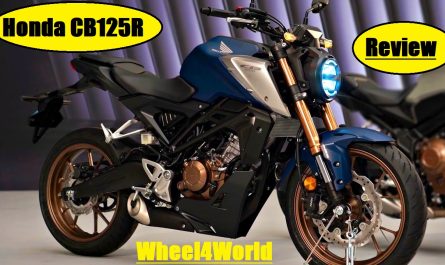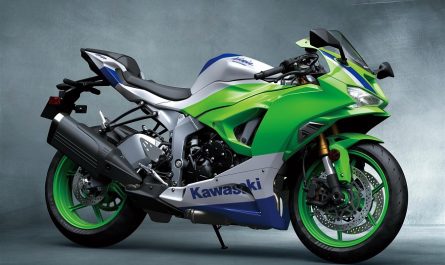The Yamaha PW 80
Read more: 2025 Ford Bronco: Review, Feature And Price
General Specifications of Yamaha PW 80 Attribute Specification Model Name Yamaha PW 80 Engine Type Air-cooled, 2-stroke, single-cylinder Displacement 79 cc Transmission 3-speed semi-automatic Fuel System Mikuni VM15 carburetor Ignition System CDI (Capacitor Discharge Ignition) Starting System Kick-start only Fuel Tank Capacity 2.1 liters (0.55 gallons) Weight 57 kg (125 lbs) Seat Height 635 mm (25 inches)
Engine and Performance Details Feature Details Engine Type 2-stroke, air-cooled Cylinder Configuration Single cylinder Bore x Stroke 47 x 45.6 mm Compression Ratio 6.0:1 Power Output Approximately 4.9 HP Top Speed 30-35 mph (depending on rider and conditions) Fuel Type Gasoline mixed with two-stroke oilLubrication Autolube injection Exhaust Compact, low-noise muffler
Transmission and Gear System Aspect Details Transmission Type Semi-automatic, 3-speed Clutch System Centrifugal clutch (no manual clutch) Gear Shifting Pattern N-1-2-3 (neutral at the bottom) Operation Foot-operated gear shift Ease of Use Ideal for beginners due to no manual clutch Gear Ratios Optimized for smooth power delivery
Chassis and Suspension System Component Specifications Frame Type Steel tubular frame Front Suspension Telescopic forks, 3.9 inches of travel Rear Suspension Swingarm with mono-shock, 3.4 inches of travel Front Brakes Drum brake Rear Brakes Drum brake Tire Type Off-road, knobby tires Wheelbase 1,070 mm (42.1 inches) Ground Clearance 180 mm (7.1 inches)
Design and Build Quality Aspect Details Build Quality Durable, suited for rugged terrain Seat Comfortable, low seat height Handlebar Position Ergonomically positioned for young riders Paint and Finish High-quality Yamaha paint, multiple colors Protection Elements Heat shields, chain guard Aesthetic Appeal Simple but classic off-road style
Safety Features Feature Details Throttle Limiter Adjustable throttle for speed control Chain Guard Fully enclosed chain for safety Drum Brakes Easy-to-maintain, effective braking Ergonomic Handgrips Non-slip grip for secure control Kickstand Stable kickstand for parking Low Seat Height Helps maintain balance for beginners
Maintenance and Durability Maintenance Aspect Frequency/Details Oil Change Regularly check 2-stroke oil tank Air Filter Clean or replace after every few rides Spark Plug Inspect and replace as needed Chain Lubrication Frequently clean and lubricate Tire Pressure Check before each ride General Durability Built for extended use with regular care
Fuel and Oil Requirements Requirement Details Fuel Type Unleaded gasoline (mix with 2-stroke oil) Oil Type 2-stroke engine oil Oil Injection System Yamaha Autolube Fuel Capacity 2.1 liters Mixing Ratio Typically 32:1 (fuel: oil) Fuel Efficiency Moderate, designed for short-distance rides
Popular Accessories for Yamaha PW 80 Accessory Description Handguards Protects hands from debris Performance Exhaust Upgrades for enhanced power Skid Plate Protects engine and frame underbody Graphics Kit Customizable look with various designs Training Wheels Ideal for very young or beginner riders Helmet and Gear Essential protective equipment
Common Modifications Modification Details Carburetor Upgrades Improved throttle response Performance Air Filter Increases airflow and improves power Sprocket Changes Adjusts gearing for higher or lower speeds Exhaust System Reduces exhaust restriction for more power Suspension Tuning Improves handling based on rider weight
Pros and Cons of Yamaha PW 80 Pros Cons User-friendly for beginners Lacks modern suspension technology Durable and reliable No manual clutch, limiting learning options Simple maintenance requirements Kick-start only, no electric starter Lightweight and easy to handle Outdated design compared to new models Low operating cost Limited to small riders
Recommended Riding Gear Gear Item Purpose Helmet Head protection Gloves Enhanced grip and hand protection Boots Ankle and shin protection Chest Protector Protects torso from impacts Elbow and Knee Guards Prevents injury to joints Goggles Protects eyes from debris
Conclusion A great small dirt bike for novices or young riders is the Yamaha PW 80 . Combining robustness, usability, and Yamaha’s reputation for dependability, it provides a good starting point for off-road biking. The PW 80 stands out as the perfect learning tool for novice riders, preparing them for larger motorcycles in the future with its easy maintenance and secure features.
